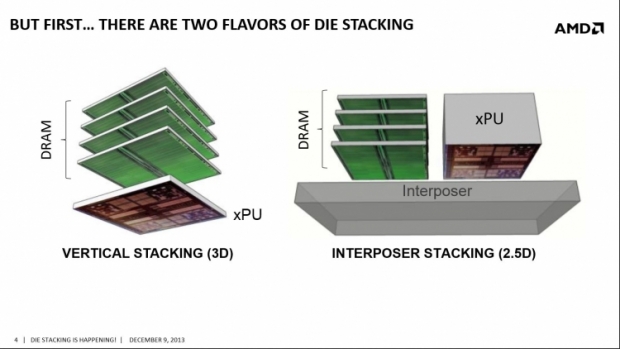Nvidia’s Kepler was the previous generation 28nm architecture and it had a 384-bit memory interface. Kepler was competing well against Hawaii-based Radeon HD 290 series cards, but Nvidia really got in the game with the second generation Maxwell cards, with an even narrower 256-bit memory interface.
Maxwell is the codename behind Geforce GTX 980 / 970 cards and yet again Nvidia choose to use 256-bit memory interface. It is quite easy to jump to conclusions and say that a Geforce GTX 980 with 256-bit memory interface should have lower performance than a Hawaii card with 512-bit memory. The Geforce GTX 970 has 224+32-bit interface.
In a modern GPU, the memory optimization and compression algorithms are staring to kick into action showing that the real balance of shader unit numbers, Texture Memory Units (TMUs), Render Output Units (ROPs), RAM interface and architectural pipelines. It's the balance between different parts of a GPU that creates a wining product.
Bandwidth alone only helps when the pipeline needs more information to feed the shaders, but this doesn’t happen all the time.
What we want to state that the fact that AMD is coming to market with the first High Bandwidth Memory (HBM) memory, with a significant memory performance increase, but that doesn’t have to mean that Nvidia’s card with GDDR5 will be left in the dust. The Geforce GTX 980 wins in lot of benchmarks, with a narrow 256-bit memory interface against 512-bit Radeon R9 290X cards.
Nvidia has the quite interesting GM200 chip just around the corner, and that might give it some space to hold the ground against AMD before 16nm TSMC manufactured FinFET Pascal comes to market in 2016. Nvidia’s Pascal is its first HMB solution that is using stacked 3D DRAM memory, unified memory, NVlink and comes with a Pascal module to house Pascal GPUs with NVLink.
We are not saying that there is a winner or loser between Nvidia’s next generation GM200 card and AMD HBM Fiji, but have in mind that due to its low power consumption it would not be that hard to put two GM204 chips together and market a new GX2 dual-chip card. Late 2015 will bring a big and healthy fight in the graphics market and end-users will be the winners, as always - we will get more competition that will result in lower prices from companies.
Fanboys will be the only losers, as one architecture will perform better than the other.




